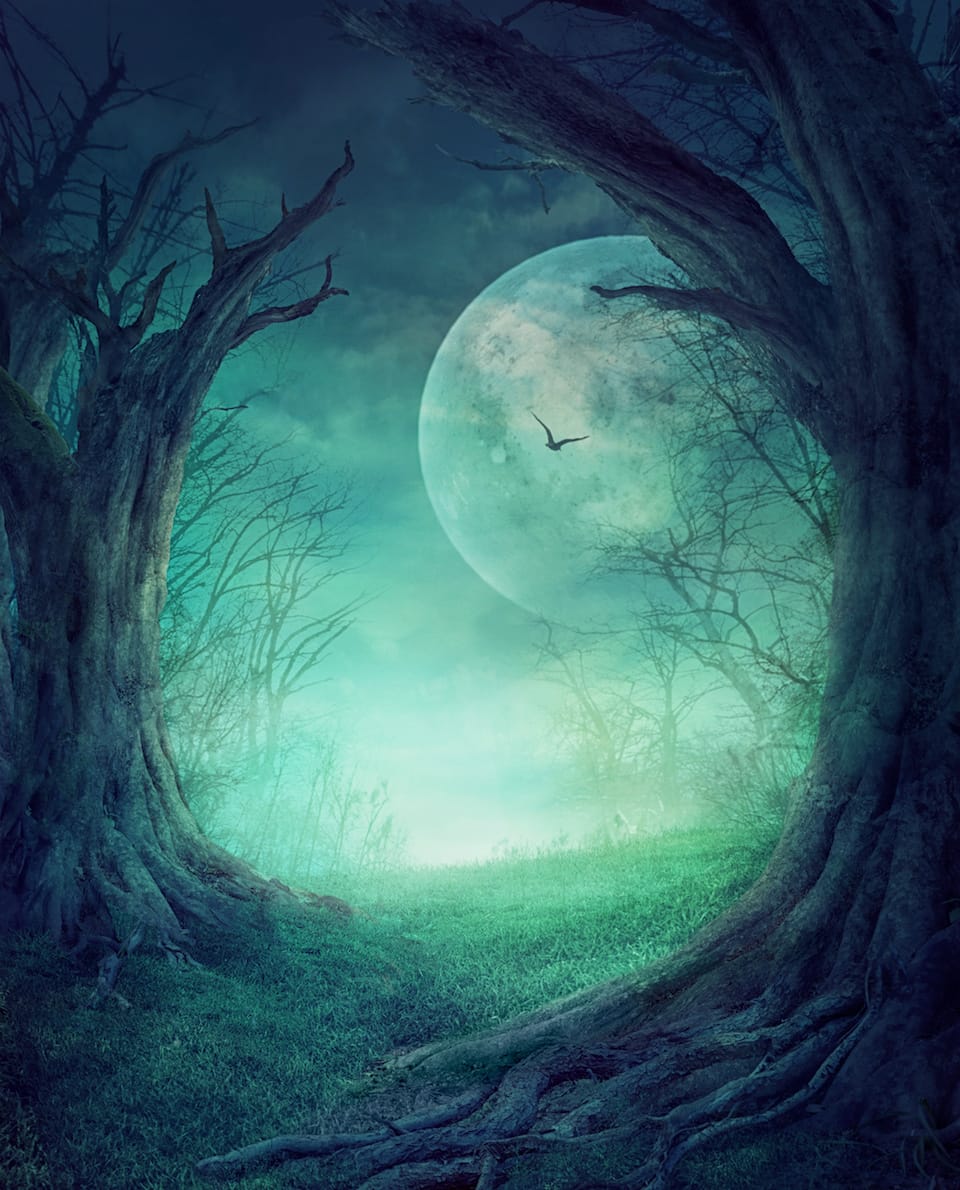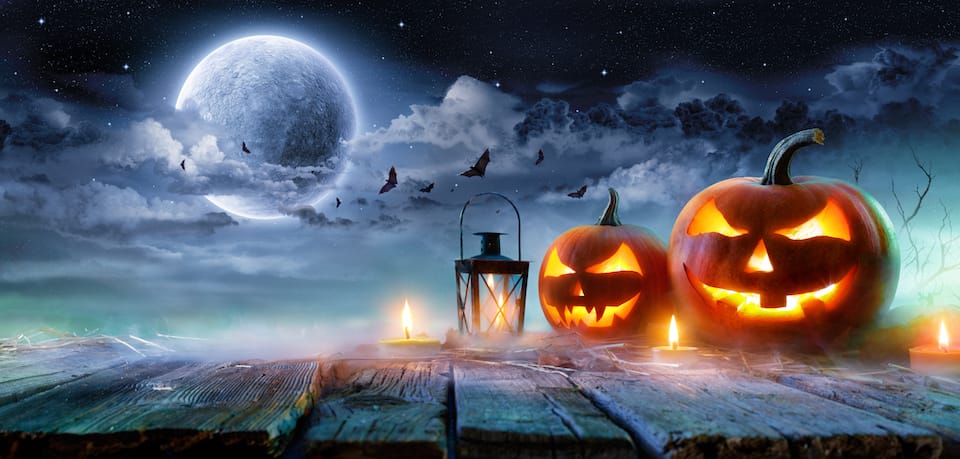A brief history of halloween
Happy New Year, ghosts!!
More than 2,500 years ago, the Celtic calendar – which was lunar-, not solar-based – ended on the night of the full moon at the end of October. This last night of the year coincided with the ritual festival of Samain, celebrated in Ireland, Great Britain and northwestern Gaul.
Between light and shadow
The Celtic year was divided into two distinct periods. The first, dark, started around November 1 and the other, light, started around the 1st of May. The start of the winter cycle thus symbolized the battle between dark and light. As the year ended, the community was freed from its agricultural work. Time to have a feast!
The festival of Samain, which took place under the authority of the Druids, lasted seven days and was compulsory on pain of divine punishment.
It began three days before the full moon and ended three days after the full moon. In those days, no candies, but our ancestors seized the opportunity to stuff themselves with pork – which was supposed to encourage immortality – mead, beer and wine.

Celebrate the dead
As the nights lengthen and the moon is at its fullest, the border between the world of the living and that of the dead thins to the point where it no longer exists.
Legend has it that the deceased take advantage of this transitional time of year to visit the living. As good mortals, the Celts were obliged to be gracious in their welcome of these rather unwelcome guests.
As a result, people left offerings and food at the doors of their homes and the entry to their villages in the hope of calming the visitors.
The new fire, lit and fed by the Druids, was intended to push back the malevolent spirits. It was also customary to carve small lanterns out of turnips and place them in various places, particularly at the entry to cemeteries.
The turnip, or rutabaga, became a symbol
Between 1846 and 1850, the Great Potato Famine impelled the Irish to migrate massively to the United States. They brought with them their folklore, stories and legends.
Jack o’lantern was on that trip. According to legend, he tricked the devil twice. But on October 31, the day of his death, waiting at the gates of hell because he had been refused entry to heaven, he was condemned to wander eternally in the dark. His only companion was a half-eaten turnip in which he had placed a live coal to protect it from the wind.
The Irish, once established in their new land, replaced the turnip with the pumpkin, which was plentiful in October and far easier to carve. A symbol was born.
It’s interesting to note that Halloween – or Hallowe’en – is a contraction of the expression “All Hallows’ Eve” (or All Saints’ Eve), which means the evening before All Saints’ Day.
Nowadays, this pagan feast is mainly celebrated in Canada, the United States, Ireland, Great Britain and Australia.
Happy Halloween!

Guillaume Vincent432 Posts
Rédacteur et journaliste de profession, Guillaume Vincent a fait ses armes au sein de l’agence QMI. Il s’est joint au Tremblant Express en 2014. Promu en 2017, il y assume depuis le rôle de rédacteur en chef et directeur de la publication. / A writer and photojournalist by profession, Guillaume Vincent won his stripes in the QMI agency. He joined Tremblant Express in 2014. Promoted in 2017, he has been editor-in-chief and co-publisher since then.







0 Comments